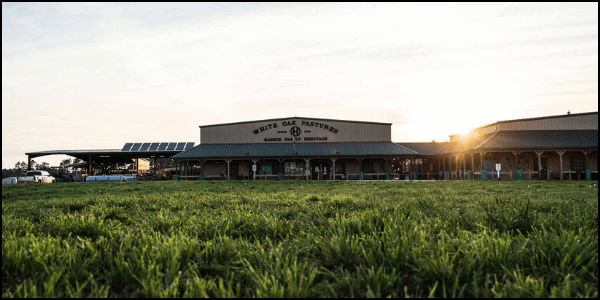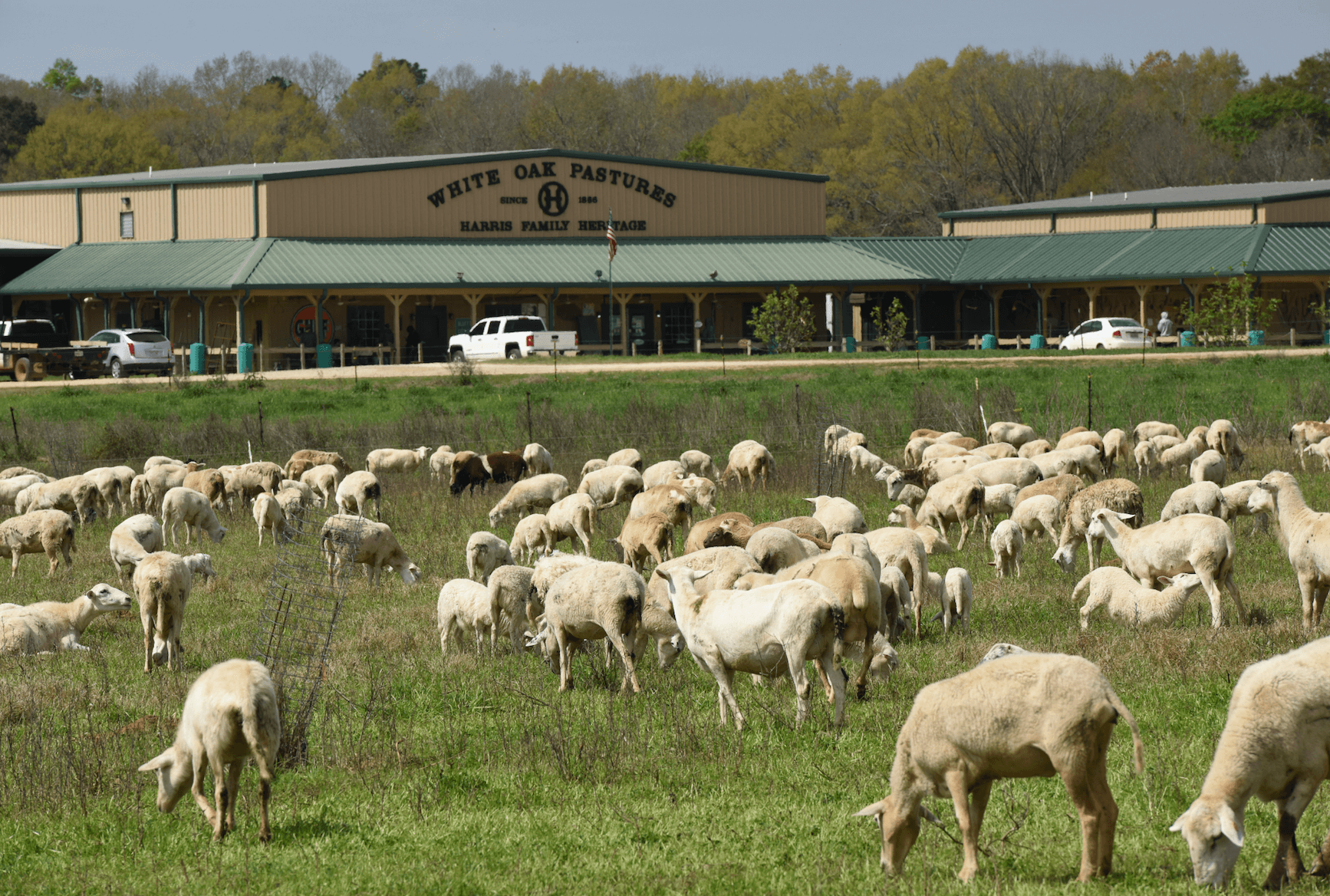White Oak Pastures Team
Recent Posts
Steward Loan Partnership
Our Statement on mRNA Vaccines in Livestock
The USA Imports More Beef than We Export
Announcing Our New App
Cut the Bullsh!t; Eat the Bull Kit
Here at White Oak Pastures, as part of our commitment to the land, animals, and the people in our communities, we made a decision to offer bull meat to our customers! Most male cattle in the beef industry are castrated, which is what we used to do when we were commodity farmers. But, we realized...
When you see grassfed beef labeled “Product of USA”, where do you think it came from? Most consumers, understandably, assume that the beef is raised and processed domestically in the United States.
White Oak Pastures Shipping FAQs
Online shopping has become a habit for all of us by now. But while you may not think twice about getting a book shipped to your doorstep, transporting grassfed and pasture-raised meats across the country requires different logistics.
Updated Shipping Policy
Why Smoke In Chimneys Trout?
What's the difference between a pasture-raised turkey and a conventional feedlot turkey?
We provide this side-by-side comparison so that as a conscious consumer, you can make the decision which production model you choose to support.
The Cycles of Nature: How We Regenerate Land
We want to explain the complexity of regenerative agriculture.
The word “regenerative” is now entering the mainstream, with products on grocery store shelves and online stores starting to claim “regenerative practices”.
A recent investigation from The Guardian and the nonprofit Food and Water Watch underscores just how centralized and consolidated our food system has become.
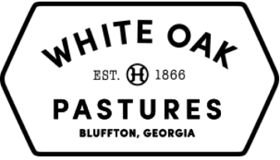
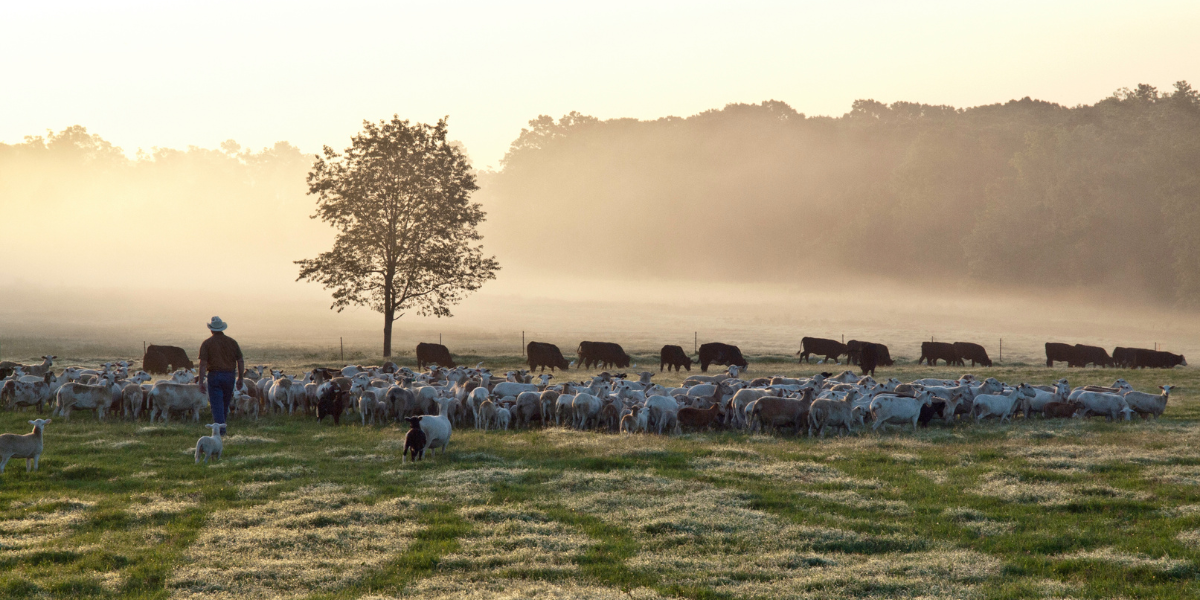
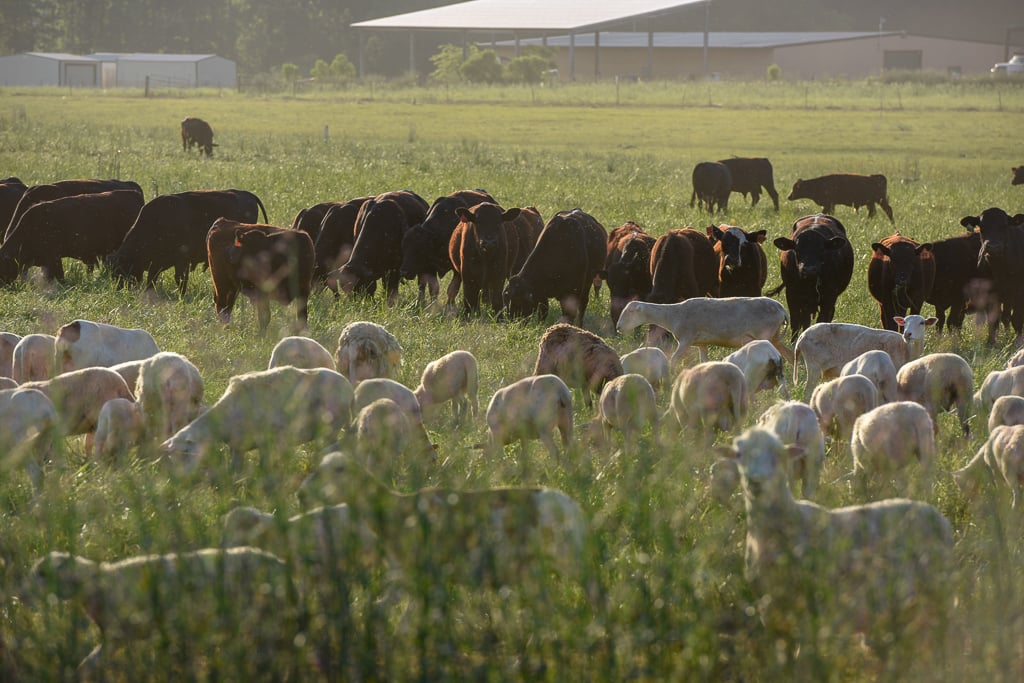
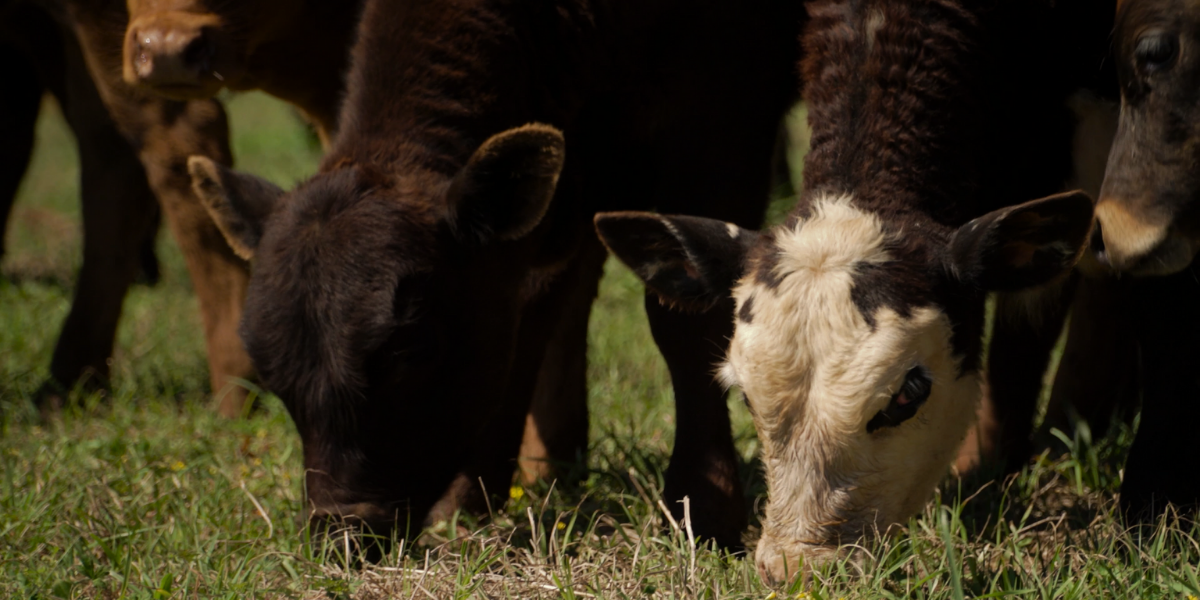
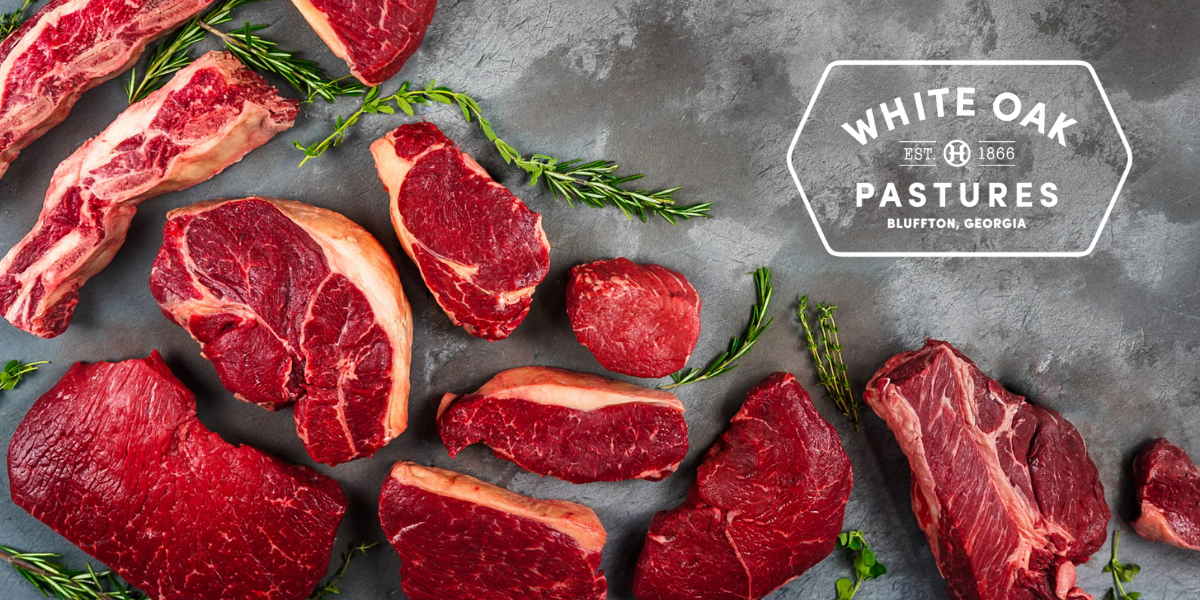
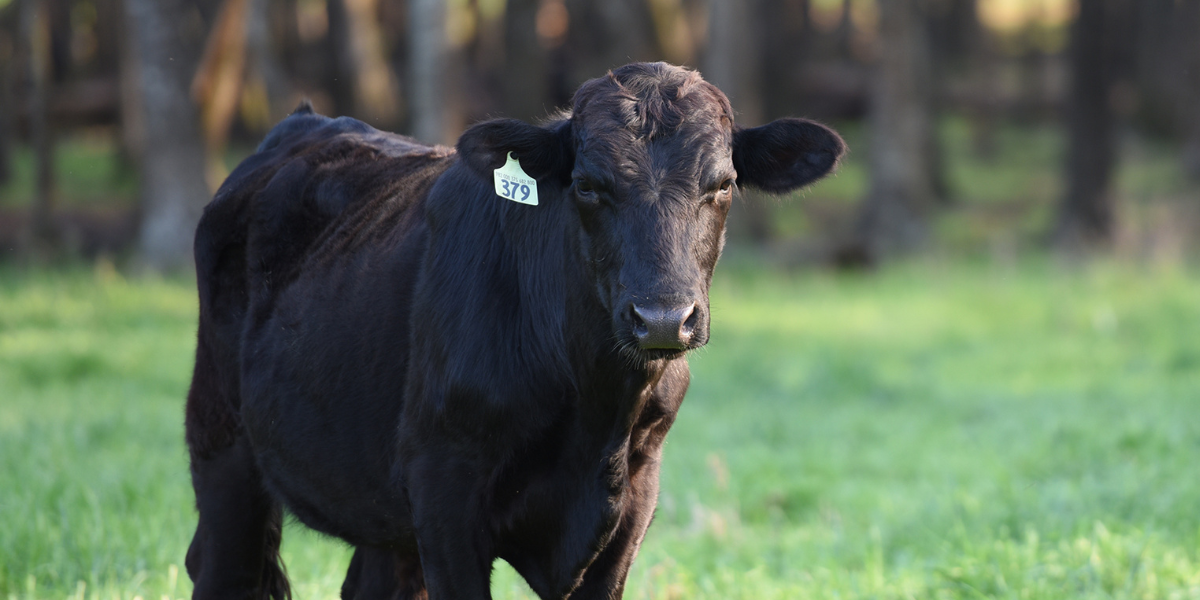
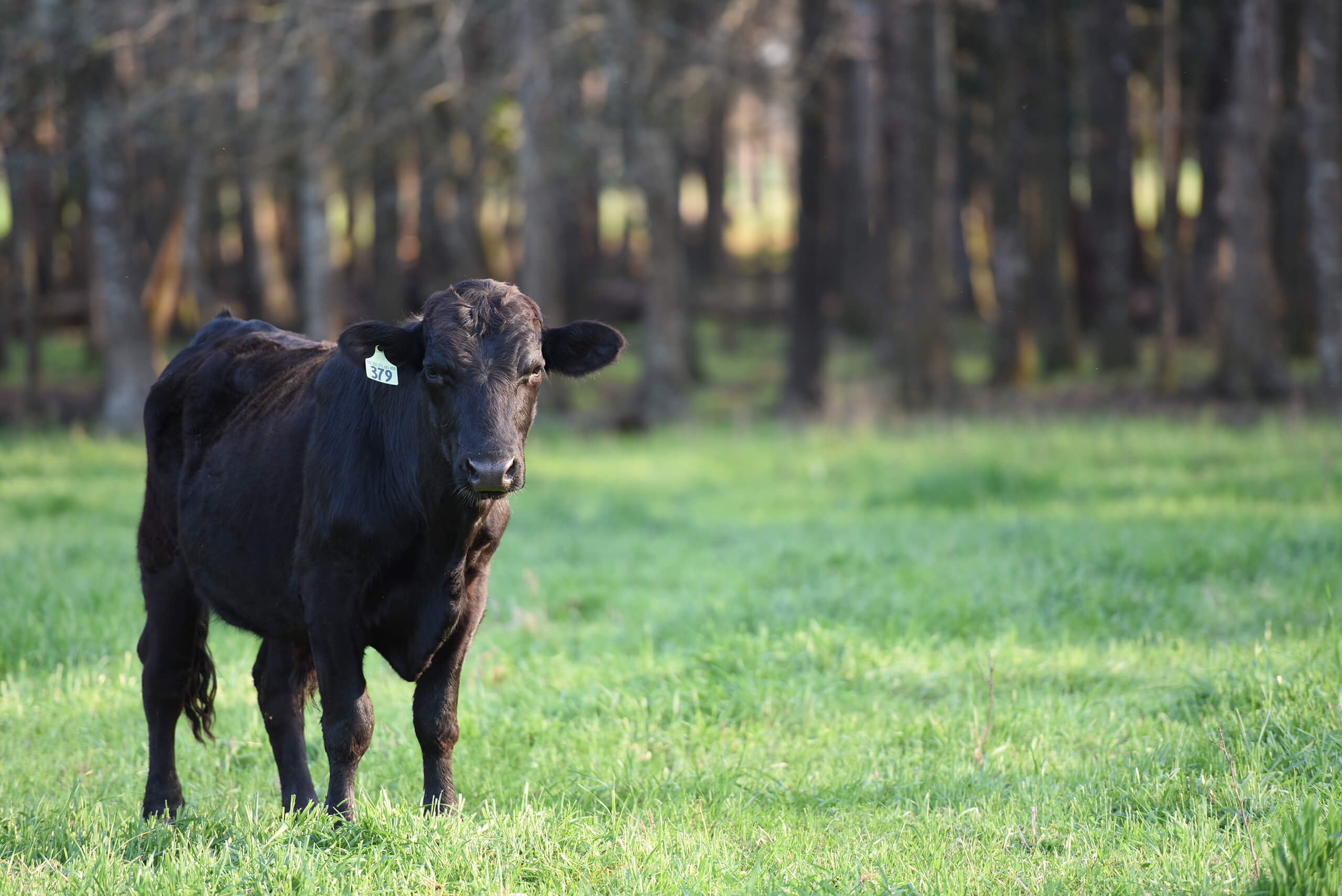
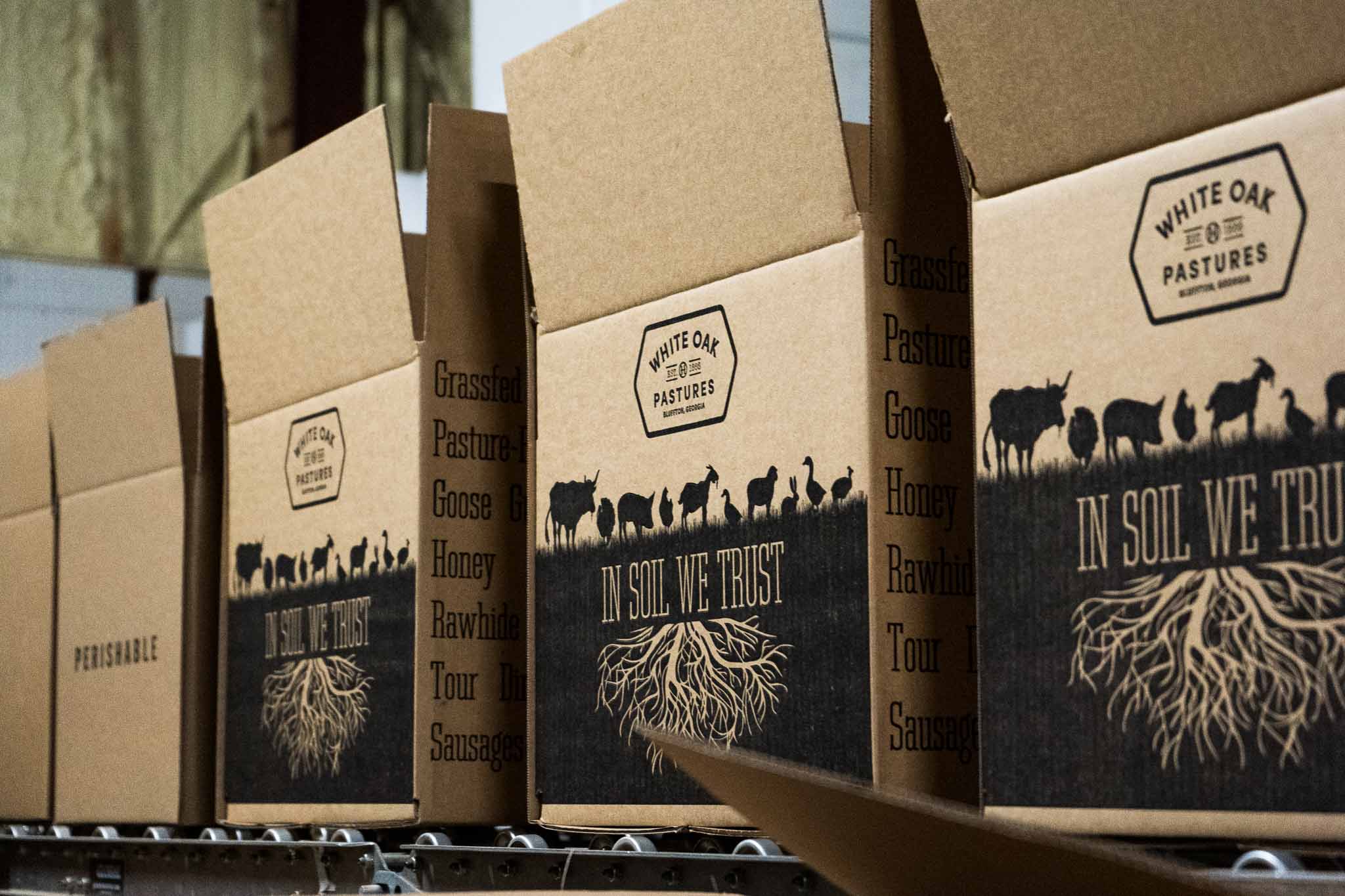
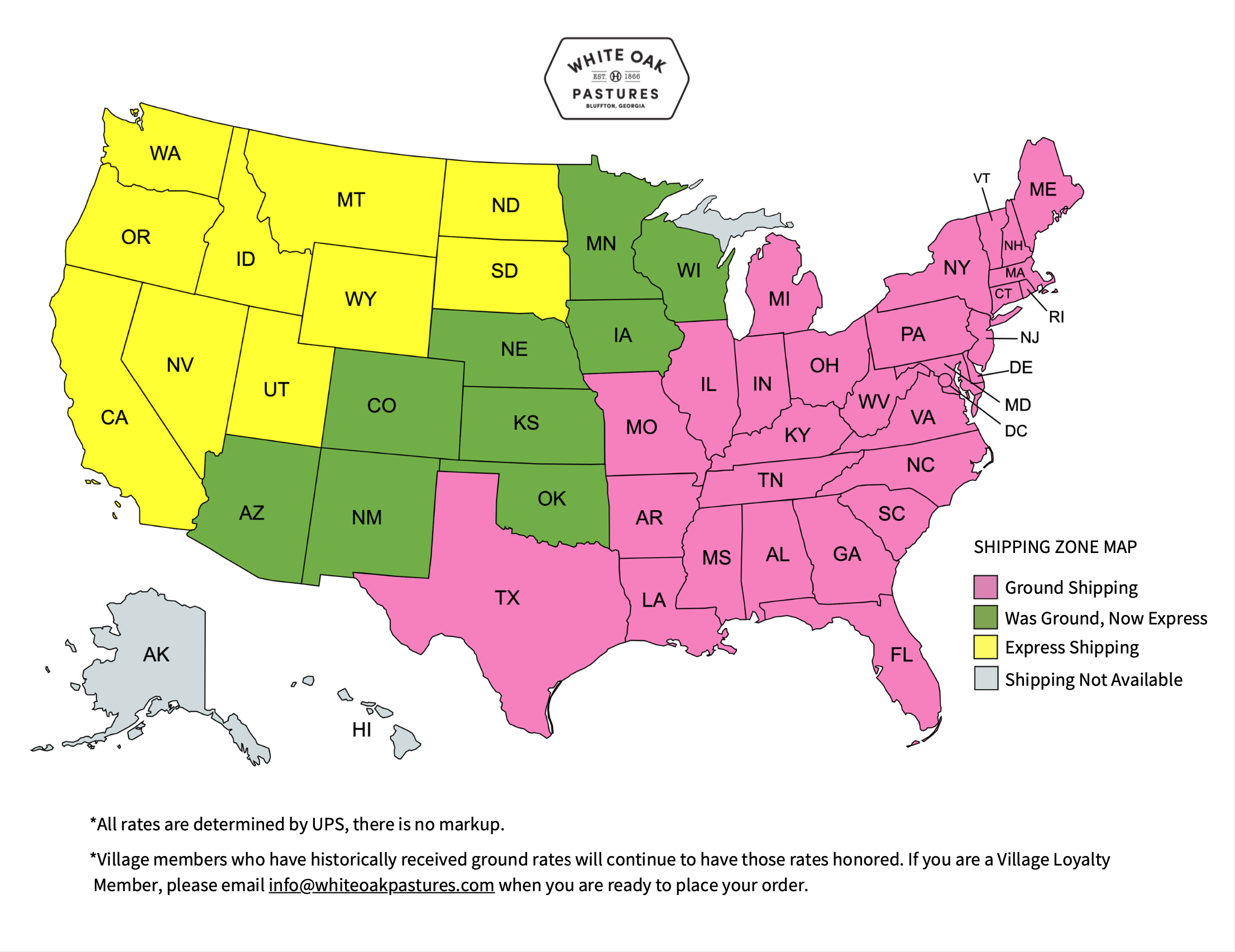
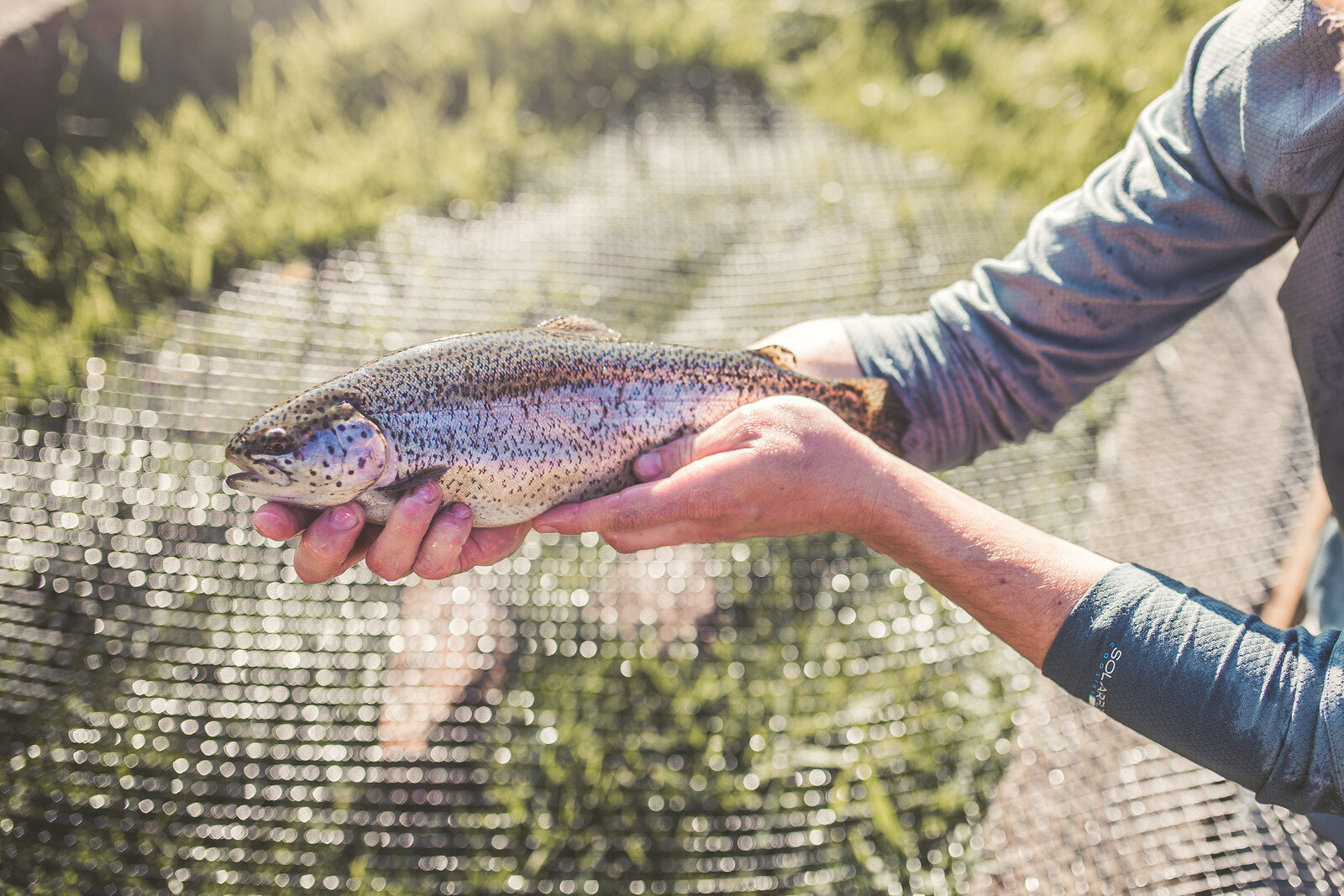
.png)
